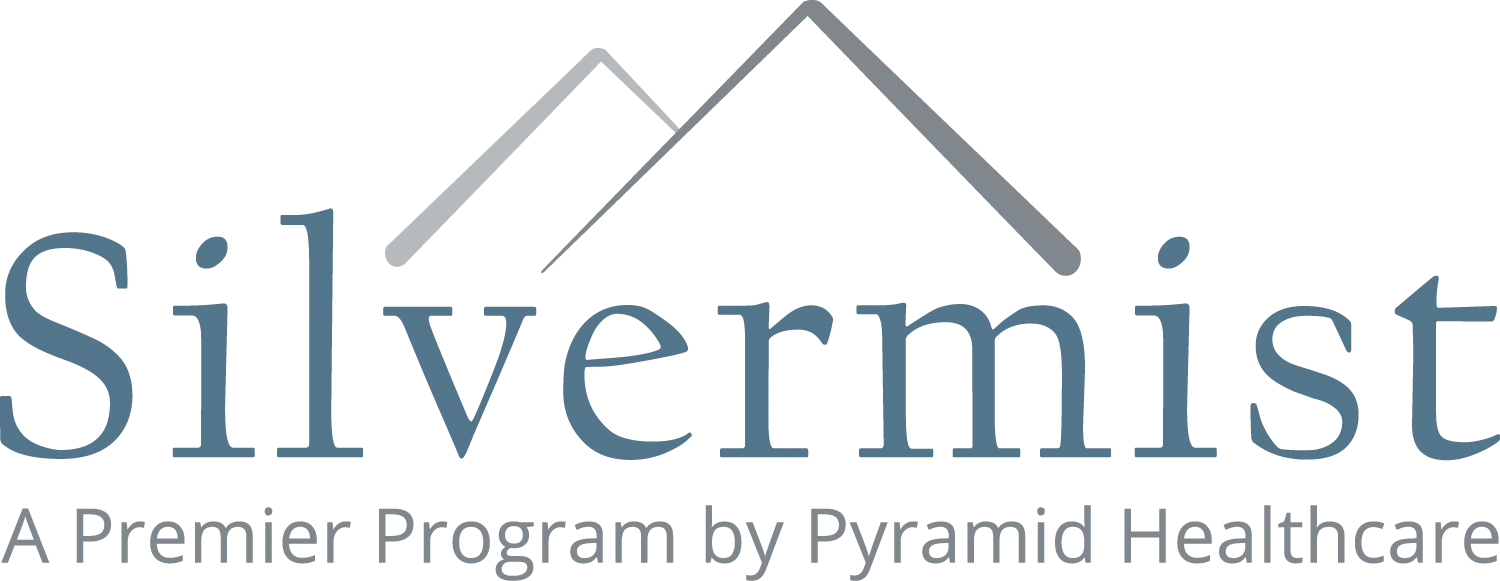At Silvermist in Pennsylvania, we are committed to offering effective, evidence-based treatments for individuals struggling with substance use disorders, particularly opioid and alcohol addiction. One of the most effective treatment methods we offer is medication-assisted treatment (MAT). Combining FDA-approved medications with counseling and behavioral therapies, MAT addresses both the physical and psychological components of addiction, offering a comprehensive path to long-term recovery.
What is Medication-Assisted Treatment?
Medication-assisted treatment (MAT) is a specialized treatment approach that uses medications to help individuals manage withdrawal symptoms and reduce cravings, making it easier for them to focus on the therapeutic aspects of recovery. Common medications used in MAT include:
- Methadone: A synthetic opioid that helps reduce cravings and blocks the euphoric effects of other opioids
- Buprenorphine: A partial opioid agonist that also helps manage withdrawal symptoms and cravings with a lower risk of misuse
- Naltrexone: An opioid antagonist that blocks the effects of opioids and reduces alcohol cravings, helping prevent relapse
These medications are most effective when used alongside behavioral therapies like cognitive behavioral therapy (CBT) and motivational interviewing, which help clients address the underlying issues that contribute to addiction.
MAT for Opioid Addiction
Opioid addiction is a major public health concern, with millions of Americans struggling with dependence on prescription painkillers, heroin or synthetic opioids like fentanyl. MAT has proven to be one of the most effective treatments for opioid addiction, as it not only reduces cravings and withdrawal symptoms but also helps stabilize brain function, allowing individuals to fully engage in their recovery process.
At Silvermist in Pennsylvania, our MAT program offers personalized care to help clients manage the intense cravings and withdrawal symptoms that often lead to relapse. With the support of medications like methadone, buprenorphine or naltrexone, clients are better equipped to focus on the emotional and psychological aspects of their recovery.
MAT for Alcohol Addiction
For individuals struggling with alcohol use disorder, MAT can be an equally effective solution. Medications like naltrexone and disulfiram help reduce the physical cravings for alcohol, making it easier for clients to abstain from drinking while they work on addressing the behavioral aspects of their addiction.
At Silvermist, we integrate MAT for alcohol addiction with comprehensive counseling services that address the root causes of alcohol dependence, including past trauma, mental health issues or social and environmental triggers.
Why Choose Silvermist Pennsylvania for MAT?
Choosing medication-assisted treatment can be a life-changing decision. At Silvermist in Pennsylvania, we offer a holistic and personalized approach to MAT, ensuring that each client receives the care and support they need for a successful recovery. Our highly trained staff works closely with clients to develop a treatment plan that includes the appropriate medication alongside therapeutic services like individual therapy, group counseling and family support.
By choosing MAT at Silvermist, clients can expect:
- Longer Treatment Retention: Medications help stabilize clients, keeping them engaged in their recovery program longer.
- Reduced Risk of Relapse: MAT addresses the chemical imbalances in the brain caused by substance abuse, reducing cravings and helping prevent relapse.
- Comprehensive Care: In addition to medication, our program includes counseling, life skills training and aftercare planning to ensure a holistic approach to recovery.
Contact Us Today
If you or someone you love is struggling with opioid or alcohol addiction and is interested in learning more about MAT in PA, contact Silvermist in Pennsylvania today. Our compassionate team is here to guide you through every step of the recovery process, ensuring that you have the tools and support necessary for lasting sobriety.
